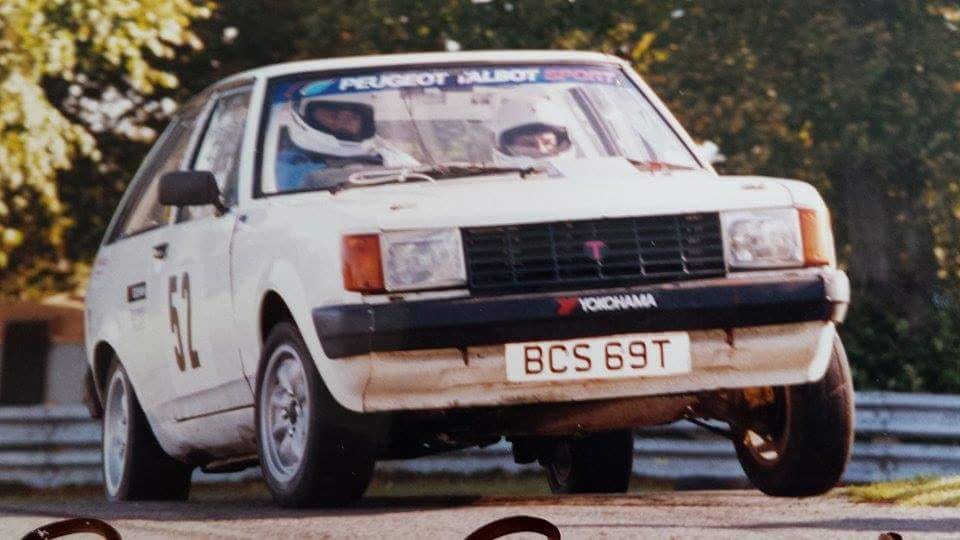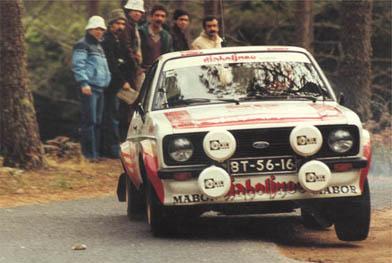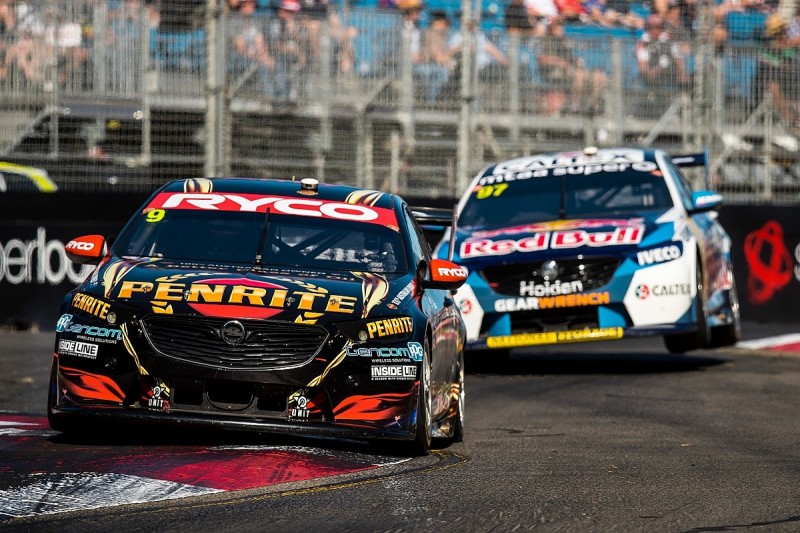1. Naturally aspirated

NA engines are very responsive. It’s only a matter of time you accelerate. Normally, NA engines generate more power at high rpm. The sound that NA car makes is a mighty roar.
Forged pistons, cranks… etc. Is the only way to make more power while keeping the engine naturally aspirated. The only downside is that this cost a small fortune.
2. Forced induction
(1) Turbo/Single turbo

A turbocharger allows a smaller engine to perform like one much larger in size, by providing extra power, when required. Turbo is a cost effective way of increasing engine power and they allow for using smaller engines to produce the same power as larger NA engines, which can often remove weight. Unlike forged pistons, turbo is achievable for most. There are different styles of turbo setups like Single turbo, Twin turbo, Twin scroll turbo, Quad turbo, X number of turbo, Variable geometry turbo, Variable twin scroll turbo & Electric turbo. No need to discuss all things but only important & practical setups for road cars. You can’t just throw a turbo as you wish. You have to setup your car correctly with matching turbo for the engine & the car & weight & etc.
So how exactly a turbo works? It’s very simple. An engine releases its exhaust gases when running. Normally those gases are wasted; they escape out back of the car. But what a turbo does is, it makes cleaver use of those gases and turns them into power. The principles behind a turbo are very simple. There’s a pair of hollow chambers, that their inside houses a pair of fans. Both of those fans are connected together by a centre shaft. That means they can spin at the same time. The first shaft spins because it’s powered by the hot exhaust gases. So the first fan is now spinning the second fan. What that second fan doing is, drawing in cold fresh air from the outside. That fan is spinning so fast so it compresses that oxygen. It jams loads of O2 molecules together to get more into that tiny space. The bi product of that is, it gets hot. So it leaves the second fan, release them to go to an intercooler. That intercooler now cools that newly compressed air. The air, now cold and compressed pumped back into the engine. The great thing about cold compressed air is that it’s full of oxygen. The engine relies on fuel and oxygen to go bang. That’s it. Turbos are very simple; no wires & no computers.
Some disadvantages of single turbo are that, single turbos tend to have a fairly narrow effective rpm range. This makes sizing an issue, as you’ll have to choose between good low end torque or better high end power. And turbo response may not be as quick as alternative twin turbo setup.
Characteristics
Unlike NA’s predictable power, turbo gives sudden boost of power. But unlike natural aspiration, turbo sounds like an old woman crying. Because of the characteristics of turbo, a turbo car would run differently from a NA car.
Let’s assume that you have two same cars, one still has the stock NA engine and the other one got a recent turbo upgrade. At first glance they may look like twins, but since their engines should take different tuning methods, now they’ve become two completely different cars. The method without the turbo is called mechanical tuning. NA is that. Your foot on the accelerator controls the rpm directly. Its instant response is its strength. Even after entering a corner at nearly top speed, you can make further adjustments to your attack. Unlike with a turbo, you can attack corners aggressively. NA cars excel at entering corners.
In contrast, the other car is a turbo. It may be a step slower at corners, but its acceleration on straightaways covers that. Turbo cars excel at coming out of corners.
Usually, the corner exit is the key for a turbo car, while it’s the corner entrance for an NA. To put it simply, that’s the theory of downhill driving.
Turbo is strong on the straights, but entering the corner, it hinders the car’s behaviour. It’s like a double-edged sword. From that aspect once the NA engine is set it can go faster and faster. On the technical courses where the straights are short, sometimes the car that is aggressive can be faster, even though it doesn’t has much power.
But turbo, which has increased power, has the opposite effect. On the downhill, the total amount of time the driver could use all of its hp is very little. Sometimes right after the moment the driver thinks he pulls away from the opponent, he should brake for the next corner. And the time it takes before he could accelerate is too long. That is what happens with the FRs that transmit power to the road using only the rear tires.
Turbo + 4WD characteristics
The 4WD system can give stable traction even when giving it the gas, so driver can use the turbo power as much as he wants.
Back to turbo characteristics: And another thing about turbo cars is that, they tend to lose power over time because of heat soak, if it isn’t couple correctly with a good cooling system.
And you can’t use turbo power as you wish in rain like NA. So in rain the NA cars have the advantage.
(2) Twin turbo
Unlike single turbo, there are plenty of options when using twin turbos. You could have a one turbo for each cylinder bank. Alternatively, a one turbo could be used for low rpm and bypass to a larger turbo for high rpm. You could even have two similar size turbos where one is used at low rpm and both are used at higher rpm.
The advantage of twin turbo over single turbo is that, for sequential turbos or using one turbo at low rpm and both at high rpm, this allows for a much wider, flatter torque curve. Better low end torque, but the power won’t taper at high rpm like with a small single turbo.
Characteristics
There are differences between single vs. twin turbos in practical use. Single turbo engines can attain sudden explosive power when pushed passed a certain rpm threshold, but modern turbos are highly functional and will operate rapidly even when there is little back pressure.
There are roads; the road’s surface is in poor condition, resulting in limited traction. That means you can’t use the maximum acceleration.
Single turbo’s type of power generation is well suited for this type of course, and will make the car easier to drive. And make the car more stable at exiting corners.
By comparison twin turbo’s method of power output is not suited for that type of courses. No matter what power you have you can’t use it without losing balance. And if you step on the gas you slide out too much while the single turbo moves smoothly. That also means you are putting more load on tires than the single turbo. So you should have good tire management skills too.
So the twin turbo driver should have very good accelerator handling techniques to keep up with the single turbo and or win.
And single turbo’s advantage relies on this type of a course is, how smooth you run. Single turbo is definitely fast when running smoothly, but if driving gets thrown off even momentarily, it makes the single turbo vulnerable. At these moments twin turbo can overtake with power differential because of single turbo’s turbo lag.
Single turbo is powerful at straight vertical driving, but weak when it comes to horizontal driving. That’s the weakness of the single turbo over twin turbo.
(3) Antilag system

(TO 22380S – ITA) at Rally Legend 2014. Photo Credit: Rowan Harrison
ALS is a system used to eliminate turbo lag. This keep the turbocharged engines pressurized with boost. It was originally devised for rally cars to keep the turbo spinning at full boost even at low engine rpm. So when you get onto the accelerator, all the horsepower and all the torque are, in essence, waiting, ready for use. It means the driver has instant power out of corners and between gear changes.
ALS works like this: To produce maximum boost, exhaust gases need to leave the engine with great force to keep a turbo spinning. But when the driver takes his foot off the accelerator the engine rpm drops. When he lifts off the throttle, the engine’s ECU signals the fuel injectors to stop throwing fuel into the cylinders, and the throttle closes shut. Exhaust gases are then temporarily halted, which isn’t great for turbo engines given that turbos are driven off exhaust gases. This means the gas leaving the engine drops and the turbo slows down.
When the driver puts his foot back on the accelerator, it then takes a few seconds for the turbo to spool back up again and climb into boost. The time it takes for the turbo to start producing boost is called turbo lag.
A specific set of conditions needs to be met for the ALS to work. Let’s say you’re roaring along a special stage and you’re approaching a corner. You start down shifting and braking which means you’re taking your foot off the accelerator. The engine management system senses that the throttle is closed and the engine is revving above 4,000 rpm so it runs the antilag part of the map.
What ALS does is fire the injectors and the spark plugs on the exhaust stroke of each cylinder. The very rich fuel mixture is ignited however instead of producing power it actually exits the engine into the exhaust manifold creating a pressure wave. The explosive nature of that somewhat external combustion keeps the turbocharger spinning at high rpm to maintain maximum boost.
Believe it or not there’s no bolt on ALS “kit” as such. The current form of the system was developed around the mid 90’s. It came about due to the advances in engine electronics and tuning. Generally speaking ALS is programmed into the car’s EMS and that tune is known as a map.
ALS can work in two different ways, depending on the system and car. First, an adjustment of the ignition timing can create spark within the exhaust as you lift the throttle. Second, enriching the fuel/air mixture can induce spark within the exhaust manifold so that when you lift, spark occurs and keeps the turbo spooled.
ALS has some disadvantages. ALS is actually quite brutal. All of that backfiring can cause extra wear and damage to the engine and turbo. Turbos are manufactured to extremely fine tolerances and not designed for explosive pressure waves. ALS also produces intense heat. It’s not uncommon to have the turbo glowing bright red under the bonnet. Therefore car engine; cooling, lubrication and induction (intercooler) systems all have to deal with that extra heat. Up rated engine coolers are on the menu beside frequent oil and spark plug changes. ALS uses a lot more fuel as well. Obviously the engine is using fuel when you’ve got your foot on the accelerator however it’s also using fuel when you’ve got your foot off the accelerator too. Depending on the car and how it’s tuned, sometimes the fuel consumption can be doubled. (Antilag system info Credit: Rally Action)
Most modern cars don’t have turbo lag and most stock engines aren’t tuned for such high fuel and pressure loads. But many cars from 90s and 2000 that you especially made for downhill can fitted with antilag. But precautions should be made before such upgrades.
Video Credit: MattyB727 – Car Videos
Characteristics
The ALS makes both the turbo’s torque and the NA’s response possible. That will help attack corners more aggressively for a turbo car. And improve the car’s turning ability. With the driver’s abilities, this combination can make a monstrous cornering car. It can superbly enter and exit a corner.
There could be sections with mid speed, S shaped corners on downhill. In these sections, you can only accelerate for a fraction of a second from one corner to the next. The rest of the time is spent struggling with the constant side G force. A car with an ALS has unbeatable acceleration coming out of these corners. So the opponent has to compensate by entering corners at a higher speed. Only a lightweight car can do it at these conditions. Utilising the lightweight body, which is the only advantage, the opponent should brake at the last possible moment before each corner and use the grip of all four tires to achieve maximum cornering speed. That’s how hard it is to challenge the ALS. Even if the opponent shortens the gap at a corner, you can easily widen it on the straightaway. That’s the power differential. So now you understand that, against an equally skilled opponent, the car which is better equipped to win will have the most chances to win.
And there are short, full blast sections on some courses. At these sections ALS will help you outrun your opponent.
The machine gun backfiring sound from the ALS will tend to distract & annoy some drivers. So it helps as a pressure tool also.
This is the best system out there for a turbo car on downhill.
ALS has a weakness. It is that ALS doesn’t produce any engine braking or vacuum. In other words when you lift your foot off the accelerator the car doesn’t slow down. When the ALS is firing it keeps on pushing you forward. You have to work the brakes much harder therefore generating more heat, wear and strain on the drive train. There’s also no vacuum assist so generally brake boosters are deleted creating a hard brake pedal.
All these will result in tire heat. So in order to drive a car with ALS you should have exceptional tire management skills. Otherwise tires will lose their grip before you could even use them. The very thing that you intend to use for your advantage will put you at disadvantage and make you lose.
(4) Supercharger

Supercharger is an air compressor used to increase the pressure or density of intake air, providing more oxygen. This is mechanically driven by the engine, often through a belt connected to the crank. Superchargers do not suffer turbo lag, because compressor being directly powered by the engine. This result in better acceleration at low to mid rpm. Disadvantages are, “jam at high rpm” & “dimensions and weight of the device”.
(5) Twincharger
Twincharger means an engine with both a supercharger and a turbocharger. This carnival combo will give you more usable power to you.
Above things were only discussed in general. Remember, everything would be different with FF, FR, MR, 4WD, engine, drive system, weight, etc. How turbo works on a FF would be different from a FR. How turbo works on two FRs would be different. How turbo works on a same model two FRs would be different, due to their setup, balance & tuning. How a single turbo works on a FR would be different from twin turbo on the same FR. At last, they would be different again with the driver. Then everything would be different again with strategy & tactics and techniques & skills. None of that would matter if you can’t grip, the tire management skills. Likewise everything is connected. Remember,
“With great power come with great skills”.
Thank you.



































